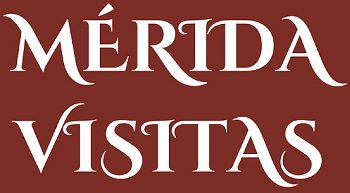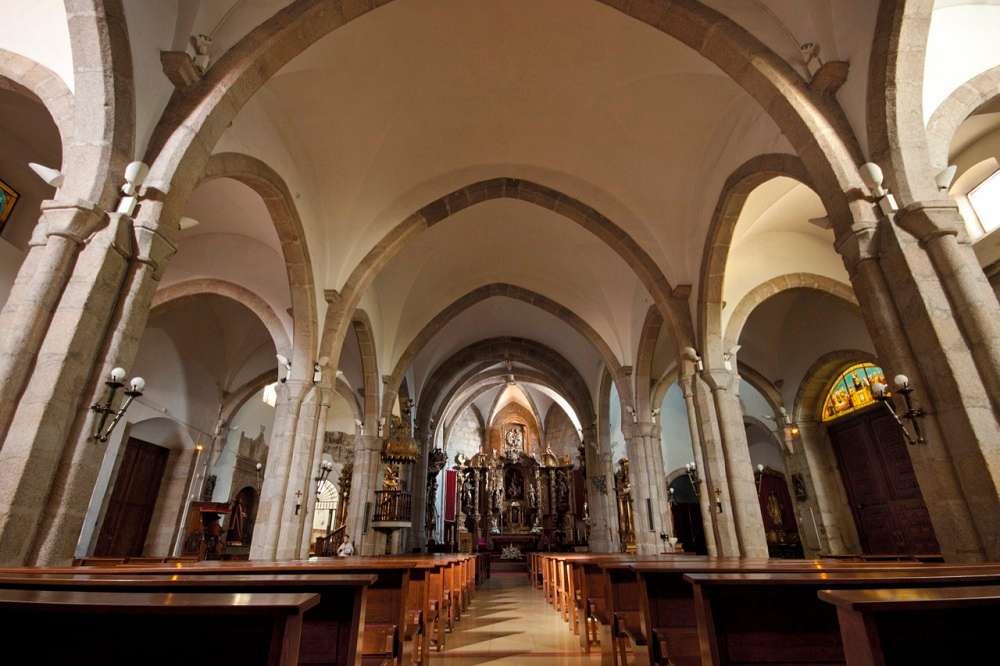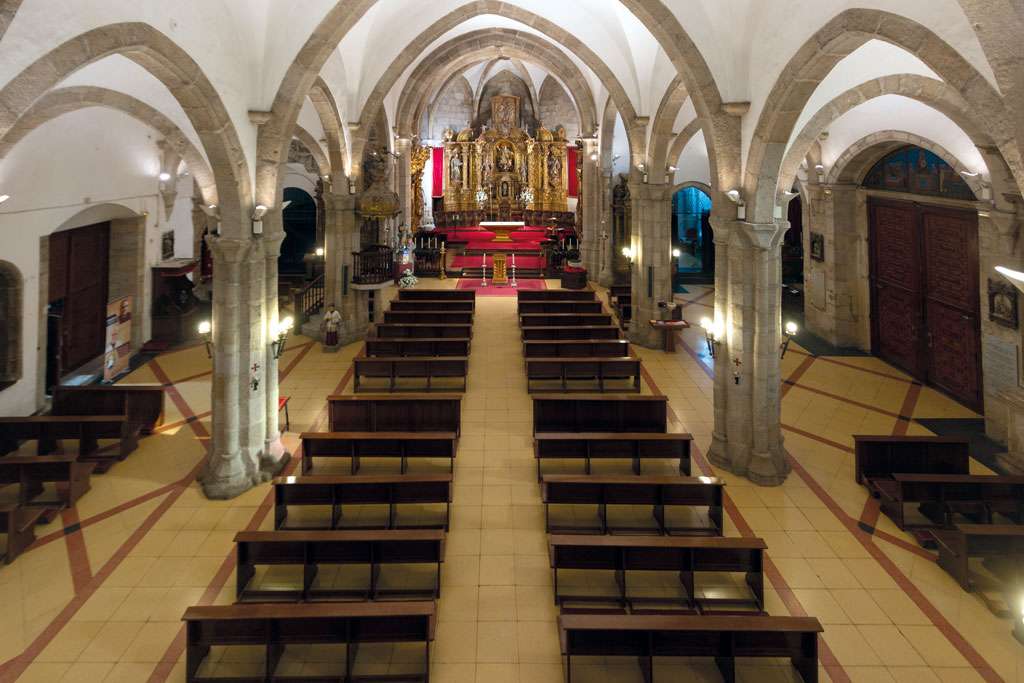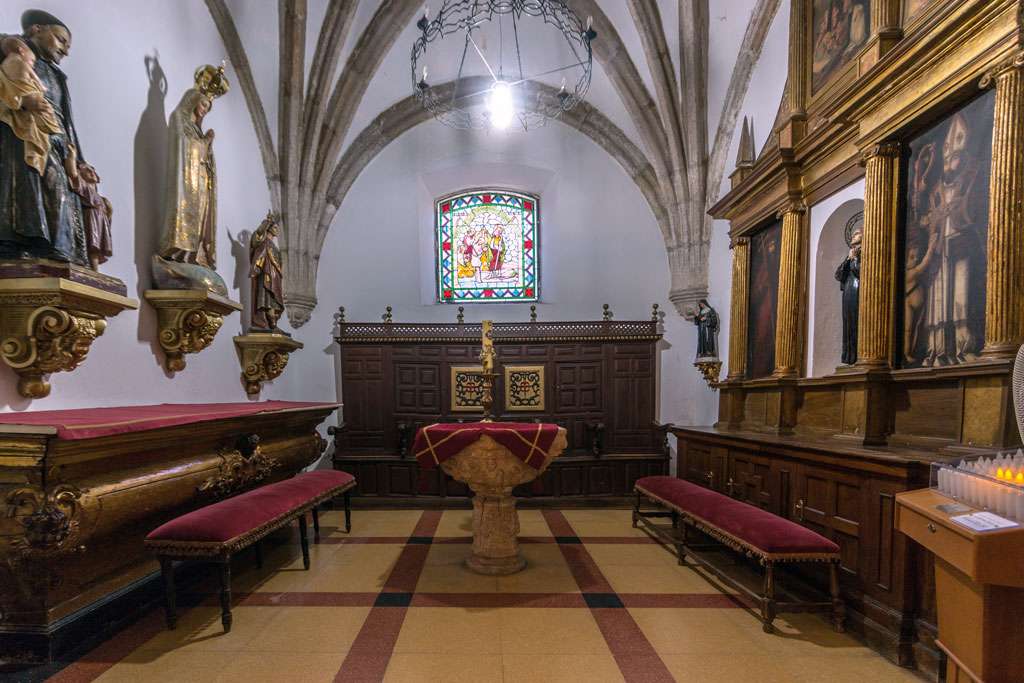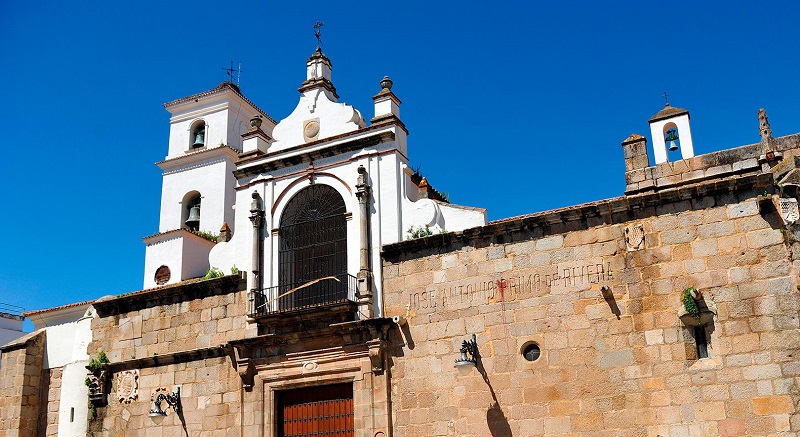
Although all the attention goes to the Roman monuments, the Santa Iglesia Concatedral Metropolitana de Santa María la Mayor in Mérida is a historic building worth visiting.
It is said to contain the lost treasure of the Temple of Jerusalem.
Below you will learn about its history and the different elements that stand out in its design.
Video tour of the outskirts of the Co-cathedral of Mérida
In this short video you will see the facade of the temple to get an idea of what you will find on the outside.
A little history of the Co-cathedral of Santa Maria Maggiore
The metropolitan cathedral of Emerita Augusta, one of the most important of the Visigothic Hispania, was erected in the same place where the Co-cathedral stands today.
After the city was conquered by the Muslims, the cathedral began to suffer a process of degradation until the reconquest by Alfonso IX at the beginning of the 13th century.
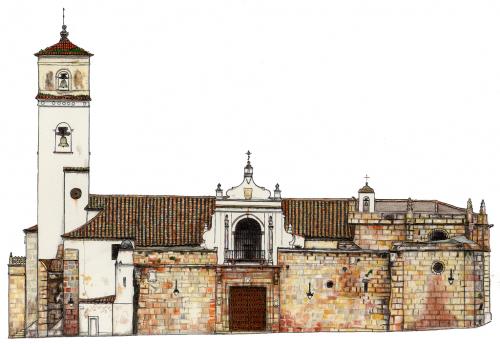
At this time a church was built under the dedication of Santa Maria, founded in 1230.
In the 15th century it was enlarged to become the most important temple in the city.
It was John Paul II who restored its cathedral status in the last decade of the 20th century.
The Visigothic cathedral
There are hardly any remains of the old Visigothic cathedral that was abandoned after the Arab domination. Those that do exist are in the Visigothic Museum of the city.
Even so, according to written sources and information from various excavations, the existence of an important episcopal complex has been confirmed, which over time changed its name from Santa Jerusalem to Santa Maria.
The Co-cathedral today
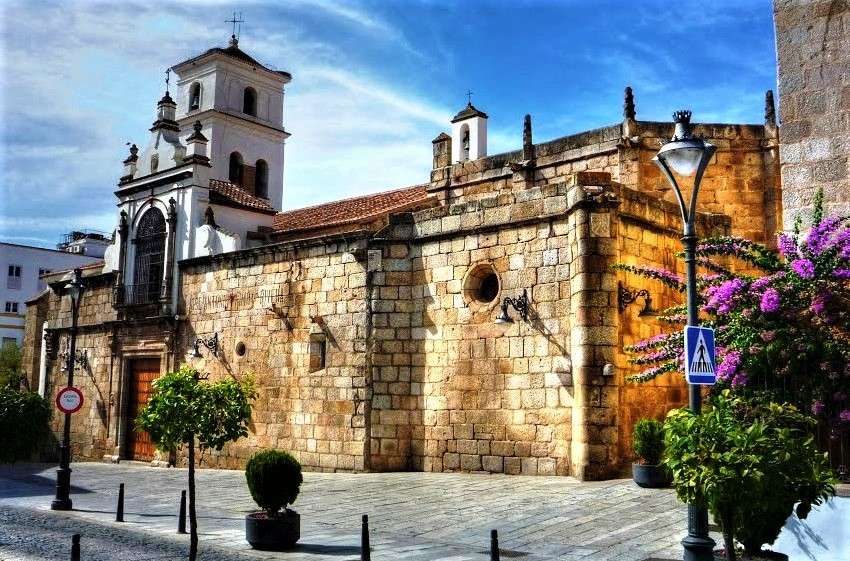
Today, the Co-cathedral of Santa Maria Maggiore is a complex building that has been influenced by different cultures from the dawn of the Gothic period to the end of the Modern Age.
Most of the building belongs to the extension that was made in the 15th century by order of Alonso de Cárdenas, Master of the Order of Calatrava and a native of the city.
Next we will see what the temple looks like inside and out.
The Co-cathedral of Merida from the outside
The Co-cathedral of Santa María la Mayor has three façades:
- Portada de Santa María or de la Guía, which you will see from the Plaza de España. In its linteled body stands the chapel of the Virgen de la Guía, with an image of Our Lady of the Guide of the seventeenth century. It is located between two columns with Corinthian capitals.
- Puerta del Perdón (Door of Forgiveness), which leads to the Plaza de Santa María. Built in the 16th century, it has a lower body with Ionic pilasters; and an upper body with Corinthian pilasters that keep the coat of arms of Mérida and the Order of Santiago. Above the Puerta del Perdón stands the bell tower, with 10 bells and a clock of incalculable historical and artistic value.
- Door of San Juan Macías, which gives access to the Chapter House, has a Renaissance style and it displays the coat of arms of Mérida and the cross of the Order of Santiago.
Inside the Co-cathedral of Merida
We are going to review all the parts of historical interest that the temple has in its interior:
- Main Chapel or presbytery, the main area where the High Altar is located. At the edge of the presbytery you can contemplate the alabaster tomb of the last master of the Order of Santiago: Diego de Vera y Mendoza.
- High Altar, presided over by a baroque altarpiece dating from 1762-1764. It emphasizes the image of the Assumption of Mary and the sculptures of Santa Eulalia, San Pedro, San Pablo and Santa Julia.
- Altar of the Virgen del Carmen, presided over by an 18th century Baroque altarpiece dedicated to the Virgen del Carmen.
- Altar of the Cristo de la O, a carving of anonymous authorship of the fourteenth century representing a crucified Christ. During the holy week of Merida, specifically on Holy Wednesday, this carving is the protagonist of a Via Crucis in the Roman amphitheater of Merida.
- Painting of the Mass of San Gregorio, one of the most important artistic pieces of the Co-cathedral of Merida dating from the 15th century.
- Chapel of the Blessed Sacrament, where the Hispano-Visigothic altar from the old cathedral and the Baroque altarpiece of the relics stand out.
- Altar of the Holy Christ of the Injuries, which housed the remains of Eleanor of Austria, sister of Charles V and queen of Portugal and France.
- Chapter House, with an access door in Renaissance style.
- Altar of Our Lady of the Rosary, of Renaissance style, which keeps an image of the Sorrowful Virgin of the Rosary.
- Chapel of Our Lord Jesus Christ or of the Mendoza family, built at the end of the 16th century.
- Minor Sacristy
- Altar of the Immaculate Conception, with a carving of Mary from the end of the 17th century.
- Chapel of the Baptisto or Baptistery, where the vault of its ceiling, the baptismal font and its lateral altarpiece stand out.
- Capilla del Conde de la Roca – Sacristía Mayor, which was erected in the 16th century and whose facade overlooks Plaza de España. It highlights the alabaster tomb of Doña Marina Gómez de Figueroa, as well as the painting of the Adoration of the Magi.
- Chapel of Nuestra Señora de los Desamparados or de los Vera, finished in 1579, where its Renaissance façade and Baroque altarpiece stand out.
- Altar de la Candelaria, with an altarpiece that is housed in a side altar and dating from the sixteenth century.
- Altar of Medinaceli, which houses the image of Our Father Jesus of Medinaceli.
Some curious facts about the Co-cathedral of Santa María la Mayor
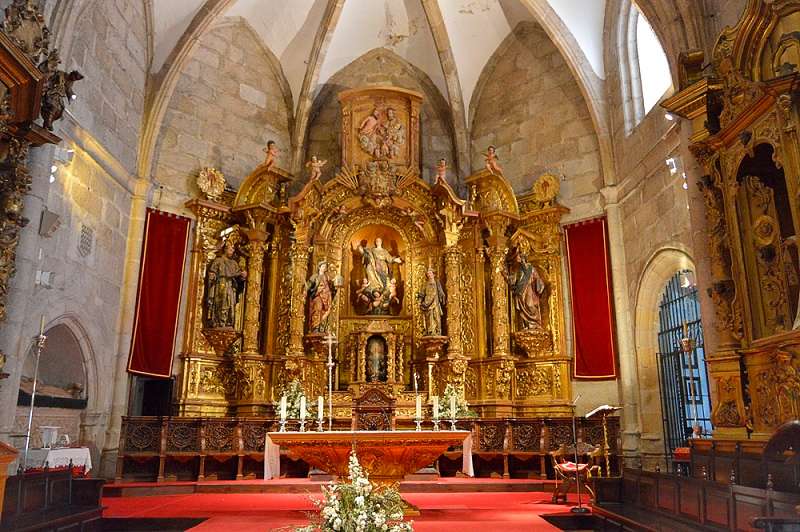
The Metropolitan Co-cathedral of Santa María la Mayor is part of the “Conjunto arqueológico de Mérida” and was declared a World Heritage Site by UNESCO in 1993.
Legend has it that the lost Treasure of the Temple of Jerusalem is found in this temple. During the 10th century, the Arab historian Ahmad al-Razi tells in his chronicles that during the conquest of Al-Andalus, part of the Treasure of Jerusalem was found in one of the temples of the city of Merida.
It turns out that there was an architectural error in the orientation of the cathedral, which should be made facing the sunrise (towards the East) according to the tradition of Christianity in the Middle Ages. On the contrary, the Co-cathedral of Merida is oriented towards the Northeast. The builder of the temple left evidence of this in the vault of the chapel of the Holy Sacrament, decorating the east-facing vault with a Cross of Santiago.
Feasts and liturgical rites
- Easter. Between March and April.
- Corpus Christi. 60 days after Easter Sunday. Between May and June.
- Sacred Heart of Jesus. The Friday after the second Sunday after Pentecost, between May 29 and July 2.
- Dedication of the Co-cathedral. June 8.
- Assumption of Mary. August 15.
- Guardian Angels. October 2nd.
- Immaculate Conception of Mary. December 8.
- Saint Eulalia. December 10.
Frequently Asked Questions
Yes, the entrance to the Co-cathedral is free of charge.
Visiting hours are from Monday to Friday, from 11:30 am to 1:30 pm and from 5:00 pm to 7:00 pm.
Of course! Check out the best guided tours in Merida.
The address of the Co-cathedral of Merida is Pl. de España, 06800 Merida, Badajoz. You can see the location on the map here.
More of Merida’s historical heritage
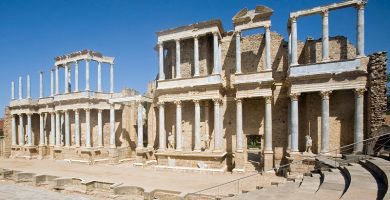
Roman Theater of Merida
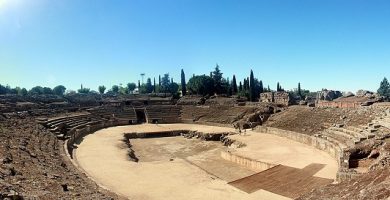
Mérida Roman Amphitheater
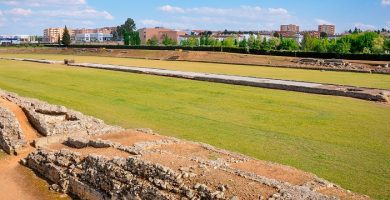
Roman Circus of Merida
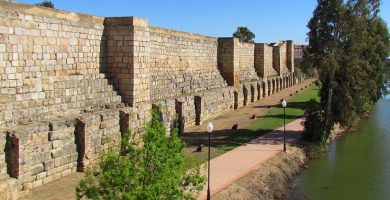
Moorish Alcazaba of Merida
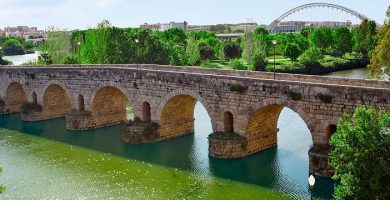
Roman Bridge of Merida over the Guadiana river
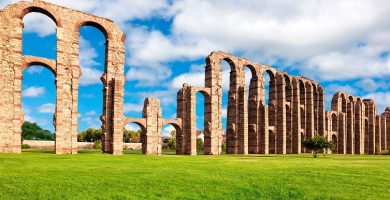
Los Milagros de Merida Aqueduct
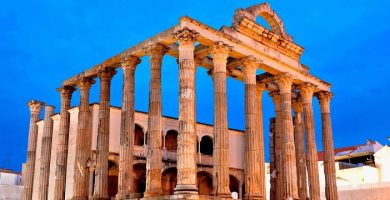
Roman Temple of Diana in Mérida
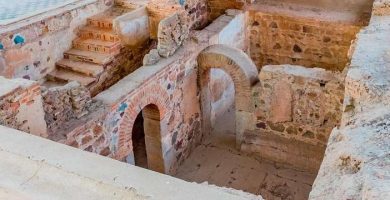
Casa del Mitreo House in Mérida
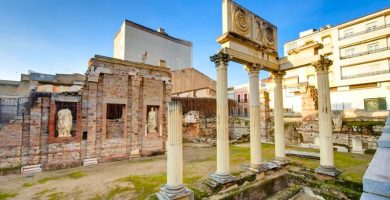
Portico of Merida’s Municipal Forum
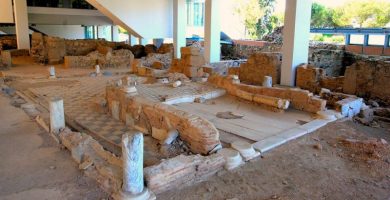
Morería de Mérida Archaeological Site

Plaza de España in Mérida
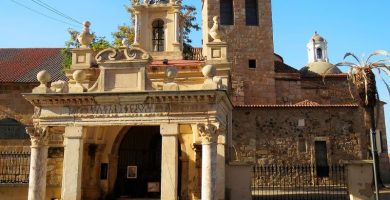
Basilica of Santa Eulalia in Mérida
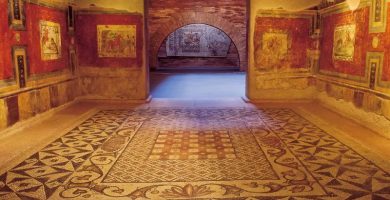
National Museum of Roman Art of Mérida
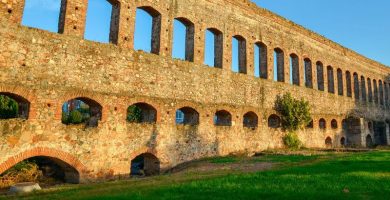
San Lázaro Aqueduct in Mérida
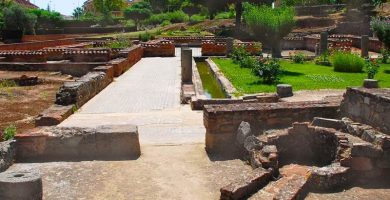
Merida Amphitheater House
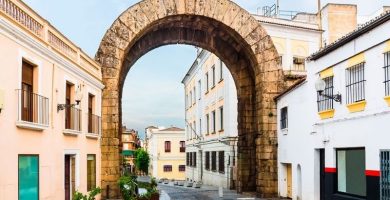
Trajan’s Arch of Mérida
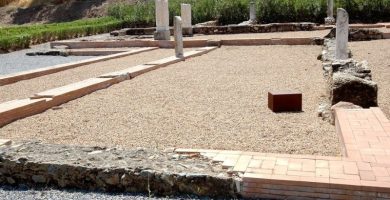
Mérida’s Xenodoquium
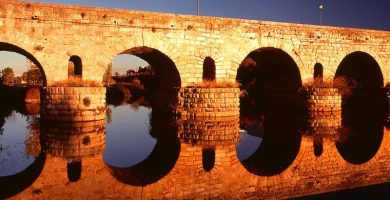
Roman Bridge over the Albarregas
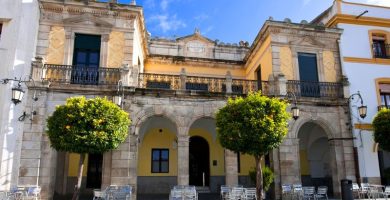
Círculo Emeritense in Mérida
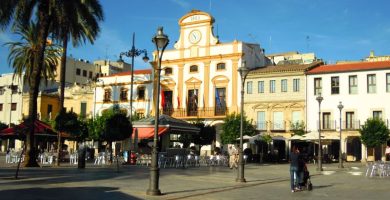
Mérida City Hall
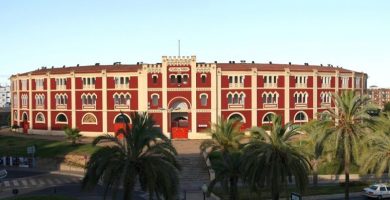
Bullring of Mérida
